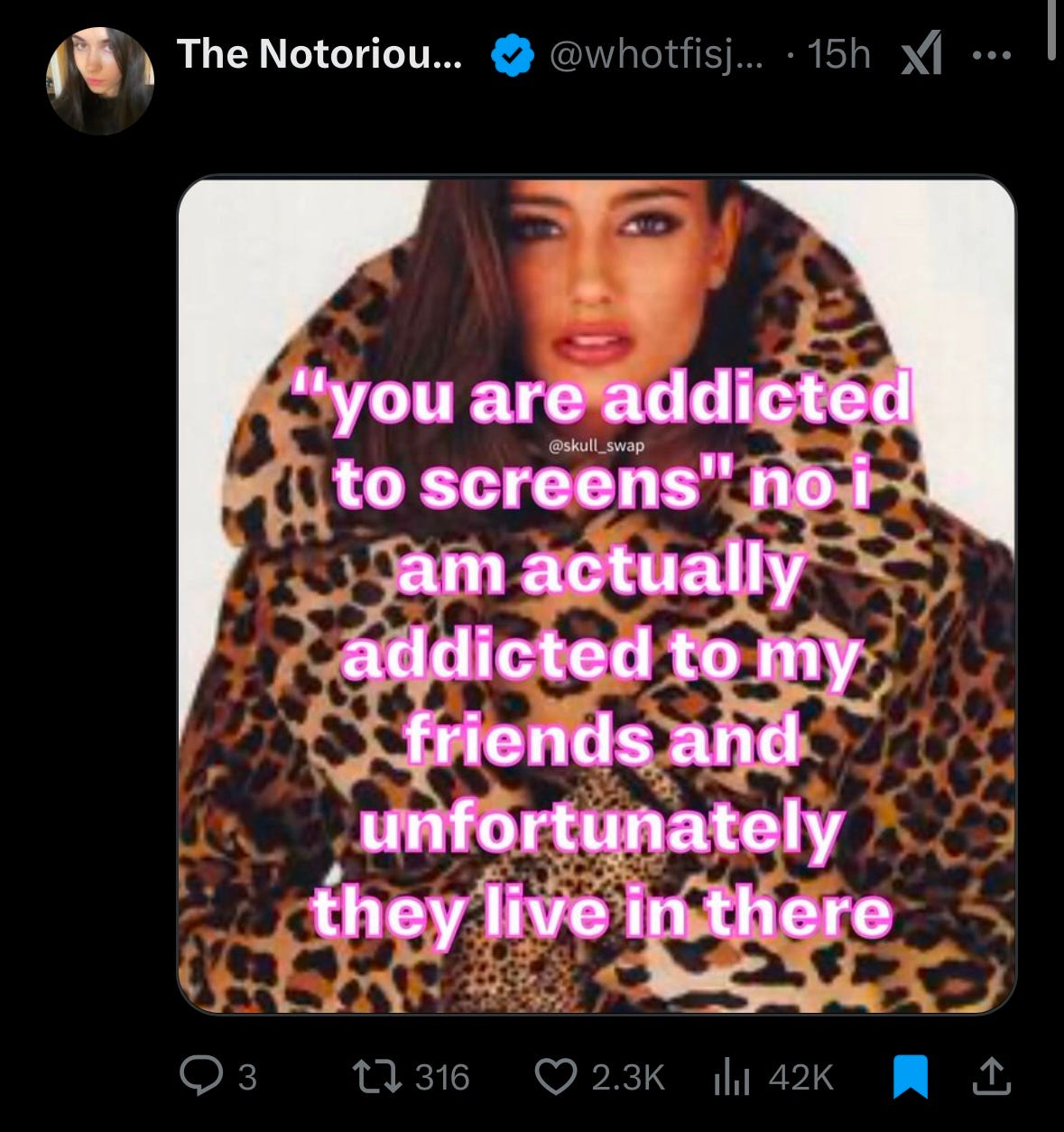The invisible backdrop of Shakespeare’s plays: part one
Why quitting social media won’t solve our community problems
The opening to Kenneth Branagh’s excellent film version of Shakespeare’s Much Ado About Nothing is a scene that my 4th-grade teacher skipped. That’s because the opening scene is a decadent, carefree depiction of communal bathing. The citizens of Messina glimpse the Prince and his companions coming from afar, and then men and women run to their communal bath houses to strip and wash, laughing, throwing on clean clothes, and finally re-emerging for their reunion.
Branagh dwells lovingly on the scene, focusing on the details of clean linen and water, but most of all on the laughing and chattering people, bathing together in a communal rite that, in its profound foreignness to American sensibilities, immediately immerses us in some long-forgotten Italian countryside.
The scene, of course, isn’t in Shakespeare’s original play, but in my opinion it couldn’t fit better into the vision that Much Ado About Nothing represents. Much Ado About Nothing is a story about intertwined lives, about people who are close, sometimes too close, to one another. You can’t separate any individual’s story from the others in Much Ado About Nothing, even if you wanted to—Beatrice and Benedick’s story depends on Hero and Claudio’s before (and after) Hero and Claudio’s has to depend on Beatrice and Benedick’s; the lonely Prince is indispensable to both; even the troublesome Watch cannot be removed without making it a profoundly different (and more tragic) play.
Lately the question of contemporary loneliness has been top of mind for the commentariat. The Atlantic, in particular, has been on a tear of articles I can’t read for fear of being trapped into a $90 annual subscription: starting with “Americans Need to Party More” on January 4, followed by “The Easiest Way to Keep Your Friends,” “The Anti-Social Century,” and, in an apparent doubling back, “The Myth of a Loneliness Epidemic.”
Articles like these are usually accompanied by a lot of handwringing about social media in various forms, especially TikTok as it flickers in and out of life seemingly at the whim of the president. Jonathan Haidt’s book The Anxious Generation has been on the New York Times bestseller list for more than 40 weeks. We’re in an environment of growing and shared concern: Social media is making kids depressed and isolated. Social media is making adults depressed and isolated. It’s melting our brains, it’s corrupting our souls. We all have to quit.
In an essay titled “Desire, Dopamine, and the Internet,” published last spring, L.M. Sacasas articulated a suspicion I’ve had for some time: that social media is not a cause, but a symptom, of our social isolation. He asks the essential question people forget to ask: “What are we seeking when we’re scrolling?”
I think that our compulsive relationship to digital media and digital devices is driven by more than a desire to flee from something we’d rather not deal with whether that be some internal state or external circumstances.
There’s another question we could ask. What am I looking for when I scroll?
One answer to this question is simple and obvious—we’re looking for each other. We’re looking, in other words, for human connection. We are social creatures and among our most profound immaterial needs is the need for community.4 We will seek to meet this need by whatever means we have available to us.
I think this is exactly right. Sure, too many of us take the easy way out, scrolling on TikTok when we could be hosting dinner parties or staying home with Netflix when we could be going to concerts. I’m sure placing limits on our social media use would help with the immediate effects of what surgeon general Vivek Murthy has rightly labeled as a public health crisis. Yes, we should set regular times to hang out with our friends.
But having a bath house in Messina is simply not an option that’s available to most of us. We’re not lonely because we refuse to go to our beautifully orchestrated communal bathing ritual. We’re FaceTiming our friends because we can’t go down the street to see them; we’re on Twitter arguing about politics because we don’t know anyone who is smoking on the porch and drinking bourbon; we’re miserably swiping through a dating app not because we don’t want to go out with people in person, but because we do.
American culture, and the commentary upon it, takes individualism as an unnoticed given. You can stop scrolling social media. You can invite more people to dinner parties. You can maintain your friendships by giving each of your friends time slots once a week. To be clear: I am not disparaging any of these efforts. I think they are very good, and they are among our only options in a country built, for better and worse, around the individual.
Yes, social media is an unhealthy alternative to real social connection. But I think it unnecessarily minimizes our agency to act as if we’re hopeless addicts to the machines. What we are looking for in our phones is connection to other people, connection that we don’t have in our everyday lives for a constellation of reasons that is much more complex than “those dang phones.”
I guess what I’m saying is that community isn’t really meant to be an individual project, or even a group project. Shakespeare’s plays, like most contemporary sitcoms and most successful pieces of literature, take community for granted—community is the backdrop against which the story unfolds.
To be continued in part two.







I love that bathing scene. I still want something like that! But I suppose I ought not let perfect be the enemy of the good....?
I love this gauntlet you’ve thrown down in addressing the fallacy of social media—such a good mirror for our longings and human nature!